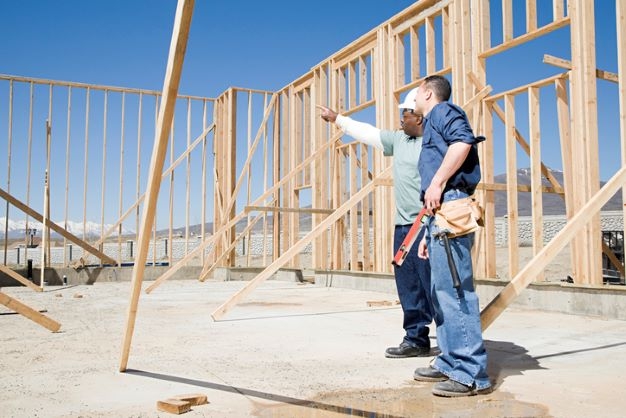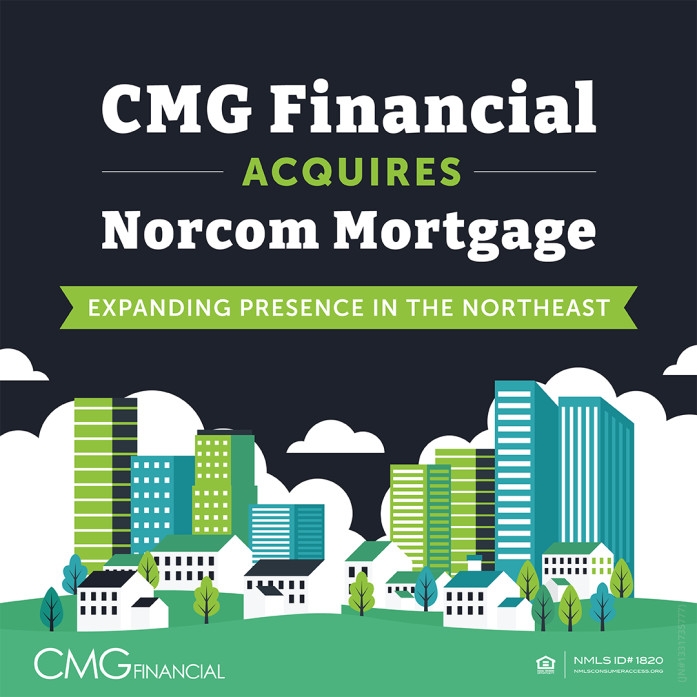
May Saw Fewest Housing Starts Since April 2021

Economist: Decline in housing starts mirrors decline in builder confidence.
Builders in May started work on the fewest new homes in more than a year, according to the latest monthly report.
According to the monthly report issued jointly today by the Census Bureau and the U.S. Department of Housing & Urban Development, privately owned housing starts in May were at a seasonally adjusted annual rate of 1.55 million. That was 14.4% below the revised April estimated rate of 1.81 million and 3.5% below the May 2021 rate of 1.61 million.
The 1.55 million homes started were the fewest since April 2021.
Single‐family housing starts in May were at a rate of 1.05 million, 9.2% below April’s revised figure of 1,157,000 and 5.3% below the 1.11 million in May 2021.
For multifamily units — those in buildings with five units or more — the May rate was 469,000, down 26.8% from April’s 641,000 and down 3.3% from 485,000 in May 2021.
First American Deputy Chief Economist Odeta Kushi noted that housing starts came in below the consensus expectations of analysts, but was not a surprise.
“The decline in housing starts mirrors the decline in homebuilder confidence,” Kushi said, referring to the monthly survey produced by the National Association of Home Builders and Wells Fargo and released Wednesday. “Homebuilder confidence dipped lower in May for the sixth month in a row. Homebuilding is a leading economic and housing indicator, and the decline in confidence suggests that housing is cooling.”
Privately owned housing completions in May were at a seasonally adjusted annual rate of 1.47 million, 9.1% above the April’s revised estimate of 1.343 million and 9.3% above the May 2021 rate of 1,340 million.
Single‐family housing completions in May were at a rate of 1.04 million, 2.8% above April’s revised rate of 1.02 million and 8.5% more than May 2021’s rate of 961,000.
The May rate for multifamily units was 417,000, up 33.2% from the April figure of 313,000 and up 11.5% from the May 2021 figure of 374,000.
“The growth in completions means more homes on the market in the short-term, offering some immediate relief in alleviating chronic housing supply shortages,” Kushi said.
While completions were up, the number of building permits issued was down. Privately owned housing units authorized by building permits in May were at a seasonally adjusted annual rate of 1.695 million, 7% below the revised April rate of 1.82 million and just 0.2% above the May 2021 rate of 1.69 million.
Authorizations of single‐family units in May were at a rate of 1.05 million, 5.5% below the revised April figure of 1.11 million, and 7.9% below the May 2021 figure of 1.14 million.
Multifamily authorizations were at a rate of 592,000 in May, down 10% from April’s 658,000 but 19.8% above the 494,000 units authorized in May 2021.
“The number of single-family homes authorized but not started stayed flat in May, but remains 3.4% higher than one year ago,” Kushi said. “Builders continue to work through a backlog of uncompleted homes before they can break ground on new projects.”
She said builders continue to face obstacles to constructing new homes.
“Builders face supply chain disruptions, rising input costs, and concerns that declining affordability is pricing out buyers,” Kushi said. “The new-home market is particularly sensitive to rising rates, and builders want to ensure that if they build it, someone will buy it. Builders are responding to the decline in affordability and cooling demand by building less, but a slowdown in construction is concerning because the U.S. continues to face a housing shortage. We need more homes, not less.”
An additional obstacle is the labor shortage, she said.
“Skilled labor shortages continue to hamper builders, making it difficult to build,” Kushi said. “In April, hires per job opening — a measure of how readily employers can turn openings into new employees — dipped to a series low. No hammers at work, no homes.”
She added that it’s not from a lack of effort on the part of builders. “The annual growth in average hourly earnings of production and non-supervisory employees in construction picked up in May, increasing 6.3% year over year,” she said. “The best way to attract and retain workers is to pay more.”




